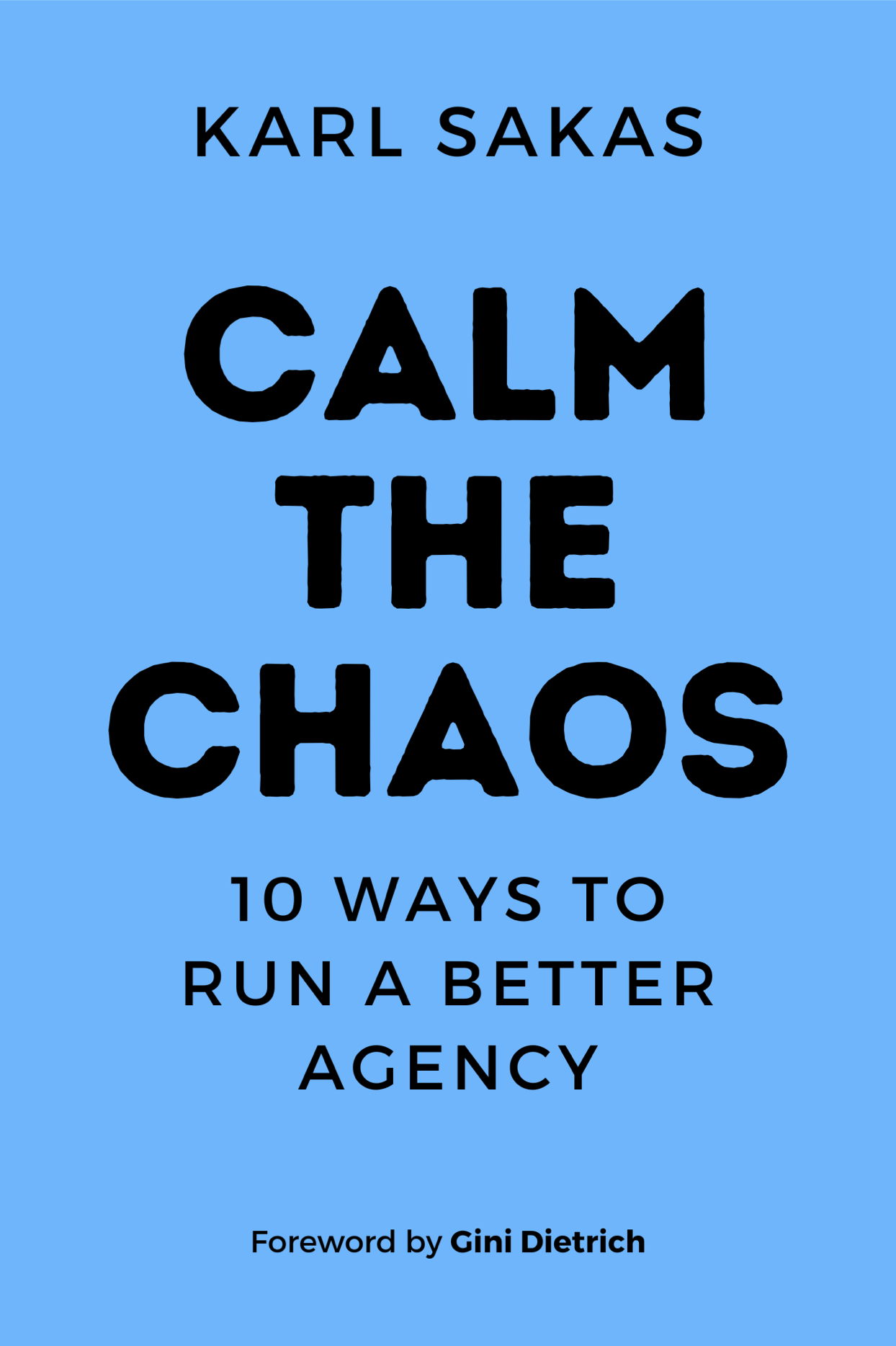Trying to reach your goals faster, and get more off your plate as an agency owner? You and your team need S.M.A.R.T. goals!
What’s the first step in growing your agency? As Stephen Covey said: “Begin with the end in mind.” If you know where you want to go, you can work backwards from there.
It’s not enough to just say, “I want to grow my agency.” To make it actually happen, make every goal a S.M.A.R.T. goal. And that includes your own goals, and the goals your delegate to your team.
Whether the goal are big or small, the S.M.A.R.T. framework keeps everyone on the same page—and you’ll get things done faster. Let’s review what the letters mean, examples of S.M.A.R.T. goals, and how to use the framework at your agency.
Definition: What are S.M.A.R.T. goals?
As a goal-setting framework, S.M.A.R.T. is an acronym to help everyone understand what “done” means. The letters stand for:
- Specific (the goal clearly conveys what you’re trying to accomplish)
- Measurable (you can quantify the results)
- Assignable (you can assign the goal to someone… or to yourself)
- Realistic (the goal is achievable, rather than impossible or improbable)
- Time-bound (there’s a deadline, so you know if you’re done on time)
Example: Turning “I want to grow my agency” into a S.MA.R.T. goal
When someone tells me they want to grow their agency, I have a lot of questions—including how much, and by when… and your current baseline.
Let’s create a S.M.A.R.T. goal from the non-S.M.A.R.T. “I want to grow my agency” phrase above. Here’s how!
- Make it Specific: So, you want to grow your agency—but are you growing your revenue? Are you growing your profits? Are you growing your gross profits or your net profits? Are you growing your personal income from the agency? Be specific and choose. For instance, you might choose to grow your revenue from services. Now, it’s specific—we’re talking about services revenue, not pass-through revenue like printing costs or media spend.
- Make it Measurable: Your goal might be to grow services revenue from $2 million today to $5 million. Great! But there’s still some gaps. You need to know how you’ll do this and what metrics you’ll use to measure your progress. How will you measure your progress? How will you know when the goal is accomplished? Choose your metrics… then get it off of your plate. (We’ll set a deadline shortly.)
- Make it Assignable: Who’s your agency go-to person to help you achieve this? If it’s squarely on your plate, you’ll get nowhere…delegating spreads the goal across the agency with the team working to the same end. I touch upon this in my Time Management Toolkit. If you’re the CEO of your agency, you could go to your COO and assign them saying, “One of your jobs is to grow services revenue from $2 million to $5 million,” leading to the next step…
- Make it Realistic: Are you trying to grow from $2 to $5 million in one year? That’s… unlikely. The definition of “realistic” is unique to each agency—but it ultimately needs to be doable. Are you trying to grow that over 10 years? Three years? If you said, “Grow from $2 to $5 million in services revenue over three years,” it might be realistic—but it depends on your ability to fulfill that growth. Getting 35% annual growth for three years requires a strong marketing and sales pipeline, strong sales abilities, and a strong capacity to deliver the work.
- Make it Time-bound: Set a deadline. In this revenue-growth example, tell your COO the date you expect to achieve growing services revenue from $2 million to $5 million. For example, my Agency Roadmap project helps agencies plan for the next 1-2 years, as they work toward their 5-year goals. This includes setting time-bound goals to ramp-up to their longer-term goals.
Now, let’s look at creating a narrower S.M.A.R.T. goal—one focused on what to accomplish in a month, rather than a year or more.
Another Example: Creating the agency-wide dashboard
During goal-setting in Executive Coaching a few years ago, an agency owner told me he planned to create an agency dashboard in one month. In that original form, it wasn’t a S.M.A.R.T. goal yet—so I knew I’d need to help him narrow that down.
Their Original Goal: Not Quite S.M.A.R.T. Yet
We talked through his original “dashboard in a month” goal:
- Was it realistic? No—he didn’t have a dashboard currently and needed to dig in about what he wanted to accomplish with it.
- Was it specific? Perhaps. But what Key Performance Indicators (KPIs) would he track? What tool would he use to create and populate the dashboard? He didn’t need to resolve all of those when he set the goal—but the extent of those unanswered questions suggested this wasn’t a one-month goal.
- Was it measurable? Maybe… but it wasn’t clear how he or I or his team would know when the dashboard was complete. We needed to define what “done” looks like—since “almost done” is not done.
- Was it assignable? Yes, but I decided to take it further—by getting his team involved in helping.
- Was it time-bound? Finishing in a month was technically time-bound. But I suggested getting more precise, by setting a specific deadline.
Here’s how I helped him turn that into a S.M.A.R.T. goal!
Turning That into a S.M.A.R.T. Goal
The core of the goal made sense… but it was more than he could realistically accomplish in a single month, considering he was starting from scratch. (This was before dashboard tools like Databox, which pull-in data from existing sources.)
He realized he needed to take some time to identify his ideal KPIs. Considering the importance of the dashboard, spending a month on KPIs and other metrics would be a good investment.
As we talked, he realized his team might have a better handle on certain metrics—including where to find things. I suggested he assign his lead Account Manager and his lead Project Manager to recommend KPIs to track, for him to review in a few weeks. Then, in our next coaching call, we’re review everyone’s progress.
In the end, he set this as a S.M.A.R.T. goal: “Assign <AM & PM> to send me a v1 list of KPI metrics by <Date 1>, so I can review before my call with Karl on <Date 2>.”
How did things go? He (and his team) completed the goal in the coming month—and he eventually launched the full dashboard, too! By using the S.MA.R.T. framework, we set a reasonable goal—and successfully got it off his plate entirely for the coming month. Not bad, right?
Getting Support: Up-Level Your Goal-Setting
Anyone can develop S.M.A.R.T. goals on their own—but they tend to work better when you can discuss them with an accountability partner. In my monthly Executive Coaching calls, each call begins and ends by reviewing and setting S.M.A.R.T. goals—which are critical to helping each client get results and make faster progress than if they were working on their own.
I dig-into S.M.A.R.T. goals in my upcoming 90-day “Work Less, Earn More” agency growth bootcamp. In this live, 100% virtual program, I’ll help you (and about 30 other agency leaders) decide what you really want from your agency, understand how to get there faster, and create a plan (and S.M.A.R.T. goals) to get there more smoothly.
Question: What current agency goals should you turn into S.M.A.R.T. goals?


